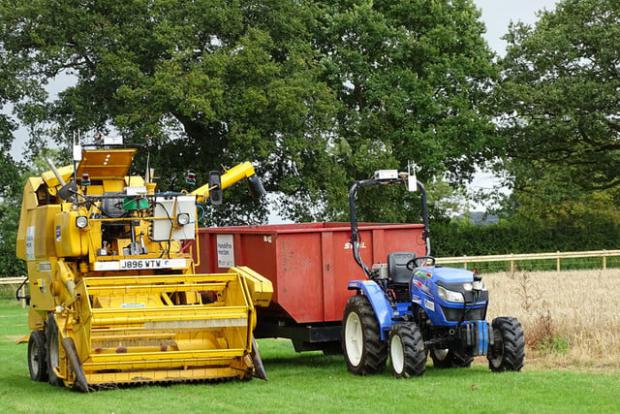
Breaking News
 Nancy Pelosi has officially announced her RETIREMENT at the end of her term, January 3, 2027.
Nancy Pelosi has officially announced her RETIREMENT at the end of her term, January 3, 2027.
 Omeed Malik: The Technocrat Muslim Billionaire Inside MAGA
Omeed Malik: The Technocrat Muslim Billionaire Inside MAGA
 Democrat-led government shutdown is now causing flight delays, threatening air traffic control,...
Democrat-led government shutdown is now causing flight delays, threatening air traffic control,...
Top Tech News
 HUGE 32kWh LiFePO4 DIY Battery w/ 628Ah Cells! 90 Minute Build
HUGE 32kWh LiFePO4 DIY Battery w/ 628Ah Cells! 90 Minute Build
 What Has Bitcoin Become 17 Years After Satoshi Nakamoto Published The Whitepaper?
What Has Bitcoin Become 17 Years After Satoshi Nakamoto Published The Whitepaper?
 Japan just injected artificial blood into a human. No blood type needed. No refrigeration.
Japan just injected artificial blood into a human. No blood type needed. No refrigeration.
 The 6 Best LLM Tools To Run Models Locally
The 6 Best LLM Tools To Run Models Locally
 Testing My First Sodium-Ion Solar Battery
Testing My First Sodium-Ion Solar Battery
 A man once paralyzed from the waist down now stands on his own, not with machines or wires,...
A man once paralyzed from the waist down now stands on his own, not with machines or wires,...
 Review: Thumb-sized thermal camera turns your phone into a smart tool
Review: Thumb-sized thermal camera turns your phone into a smart tool
 Army To Bring Nuclear Microreactors To Its Bases By 2028
Army To Bring Nuclear Microreactors To Its Bases By 2028
 Nissan Says It's On Track For Solid-State Batteries That Double EV Range By 2028
Nissan Says It's On Track For Solid-State Batteries That Double EV Range By 2028
ROBOT FARMERS HAVE SUCCESSFULLY PLANTED AND HARVESTED BARLEY...

Humans have been cultivating plants for some 10,000 years and, for much of that time, we've used beasts of burden to help tend the fields. Just last century, humans turned from animal strength to machine power, leading to huge leaps in agricultural efficiency and scale. Over the past few years, farms have deployed emerging technologies like drones and autonomous driving systems to make the farmers' job even less strenuous — but human hands were still needed throughout the process.
Now, researchers at Harper Adams University and agricultural company Precision Decisions have removed humans from the farm entirely in a project called Hands Free Hectare. From planting to tending and harvesting, no human stepped foot on the acre and a half barley farm in rural England. It was all done by robot farmers.
"There's been a focus in recent years on making farming more precise, but the larger machines that we're using are not compatible with this method of working," Jonathan Gill, one of the researchers involved in the project, said in a statement. "They're also so heavy that they're damaging farmers' soils. If combines in the future were similar to the size of the combine we used in this project, which was a little 'Sampo combine' with a header unit of only two meters, it would allow more precise yield maps to be created. They would also be much lighter machines."

 The Technocratic Dark State
The Technocratic Dark State Carbon based computers that run on iron
Carbon based computers that run on iron

